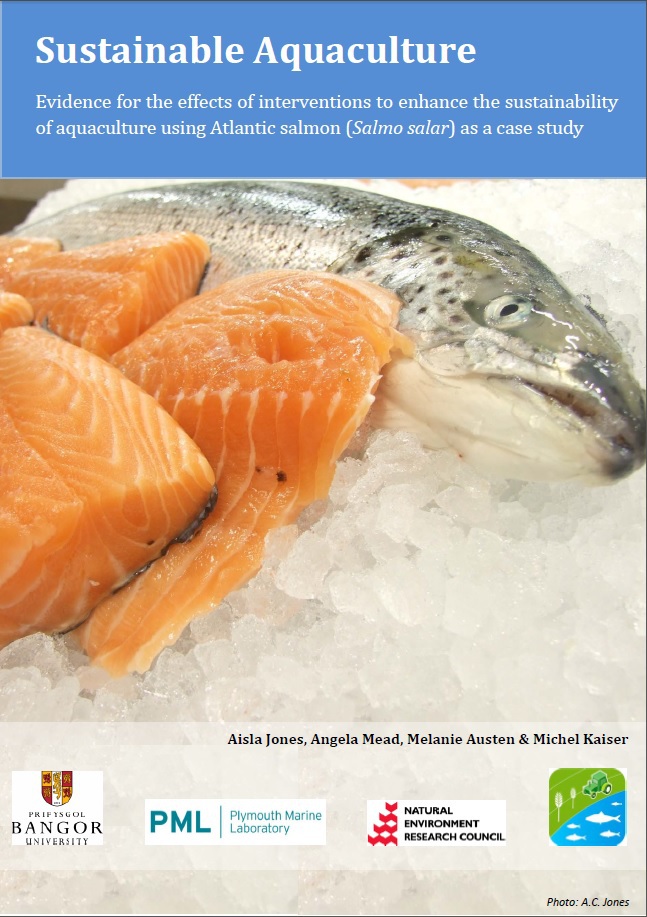Use exclusion nets
-
Overall effectiveness category Awaiting assessment
-
Number of studies: 1
View assessment score
Hide assessment score
How is the evidence assessed?
-
Effectiveness
not assessed -
Certainty
not assessed -
Harms
not assessed
Study locations
Supporting evidence from individual studies
A replicated, controlled study in Fremantle, Western Australia in 2001 (Felsing et al., 2005) found sediment carbon to be greater at cages containing fish and with an exclusion net than cages without fish or an exclusion net. Sediment carbon levels increased at the stocked cages with exclusion nets (to 9.8% and 10.0%) whereas at all other stations, sediment carbon either remained the same or decreased (sediment carbon values ranged from 6.3% to 7.5% C). Organic carbon deposition levels at cages with exclusion nets were measured as 4.5 g C m-2 day-1 compared to 0.7 to 1.1 g C m-2 day-1 at control and reference sites. Three treatments in duplicate were set up within a harbour in water 3 to 4m depth; cages without exclusion nets, cages surrounded by a 35mm mesh exclusion net and empty cages surrounded by exclusion nets (control). The first two treatments were stocked with rainbow trout at2.4 kg m-3. Four reference sites without cages were set up 150m from fish cages. Sediment samples and sediment cores were taken one week prior to sampling and immediately after the 62 day trial.
Study and other actions tested
Where has this evidence come from?
List of journals searched by synopsis
All the journals searched for all synopses
This Action forms part of the Action Synopsis:
Sustainable Aquaculture
Sustainable Aquaculture - Published 2013
Atlantic salmon Aquaculture Synopsis





)_2023.JPG)














